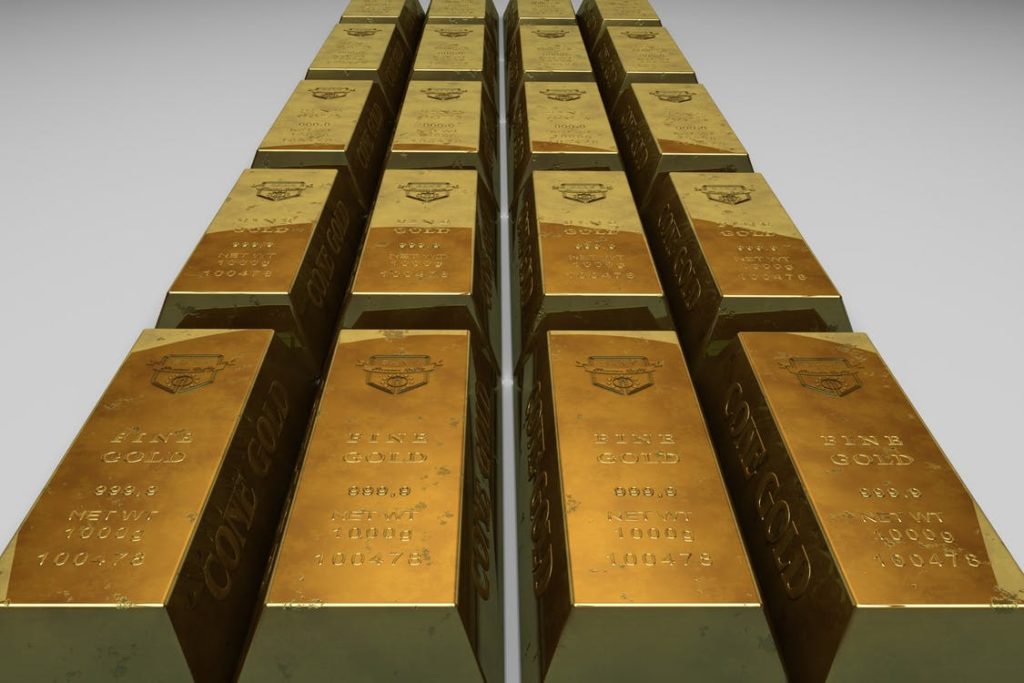
Precious metals are rare compared to base metals like lead and iron. They’re harder to find, which is one of the properties that make them precious. They’re also not as reactive as base metals and they have a much higher luster; they’re also much more ductile and malleable than non-precious metals and these properties make them useful in medicine, jewelry and precision engineering. The best-known precious metals are gold, silver, platinum and palladium and here’s what you need to know about them.
Gold
Gold is the best-known of the precious metals, as well as probably the oldest; you can buy gold from Golden Eagle Coins. It’s been used as jewelry and currency for a large part of human history and is found mainly underground. It’s always in high demand and this beautiful yellow metal is used in lots of industries and even in medicine.
Silver
Gold has historically been valued higher than silver because it has a deeper luster and is more malleable, but silver isn’t far behind. Like gold, it’s used in industry, medicine and jewelry, for currency and for investment purposes.
Palladium
As palladium was only discovered in 1803 we don’t have the same lengthy history with it as we do with gold and silver. It’s not often used as decoration or jewelry, but it’s found itself an invaluable place in the automotive industry in catalytic converters, as well as in electronics and medicine.
Platinum
Platinum is one of the rarest metals – only around 118 tons is mined each year – which makes it very valuable. It was first discovered and used by the pre-Columbians in Central America as jewelry and we still use it for jewelry. We also use it in the electronic and automotive industries, as well as in medicine, where its high resistance to corrosion and other chemical reactions makes it very useful indeed.
Investing in precious metals
As these metals have so many important uses, they are always traded on the commodities markets. Each country in the world has need for these metals and the prices fluctuate constantly due to changes in supply and demand.
You can buy precious metals yourself as an investment, often via a broker. You can buy them as an ETF fund, a stock or in a physical form like a bullion coin or bar.
You need to watch out for inflation because it makes everything more expensive! Seriously, buying metals (or any other commodity) earlier rather than later protects you against future rises in the prices of metals. This is why gold is a particularly popular investment, as it’s always valuable and is easily available, certainly more so than platinum.
How does precious metal pricing work?
Supply and demand plays a huge part here. You’ll see that the prices of metals change by the second. This so-called spot price is the absolute value of that metal at any given time and place; it’s how much it’s worth and how much it can be bought for.
Many investors make money by buying their metal at a relatively low spot price and selling it later – a few minutes or a few years – for a higher spot price.
Buying precious metals
Investing in precious metals is a good way to make fast profits and also a good way to save for the future. If you buy and sell metals on a daily basis you’ll make a decent profit – and fast – as long as you know what you’re doing. You can also buy metals to hold in a retirement account, for example, for the distant (or not-so-distant) future.
